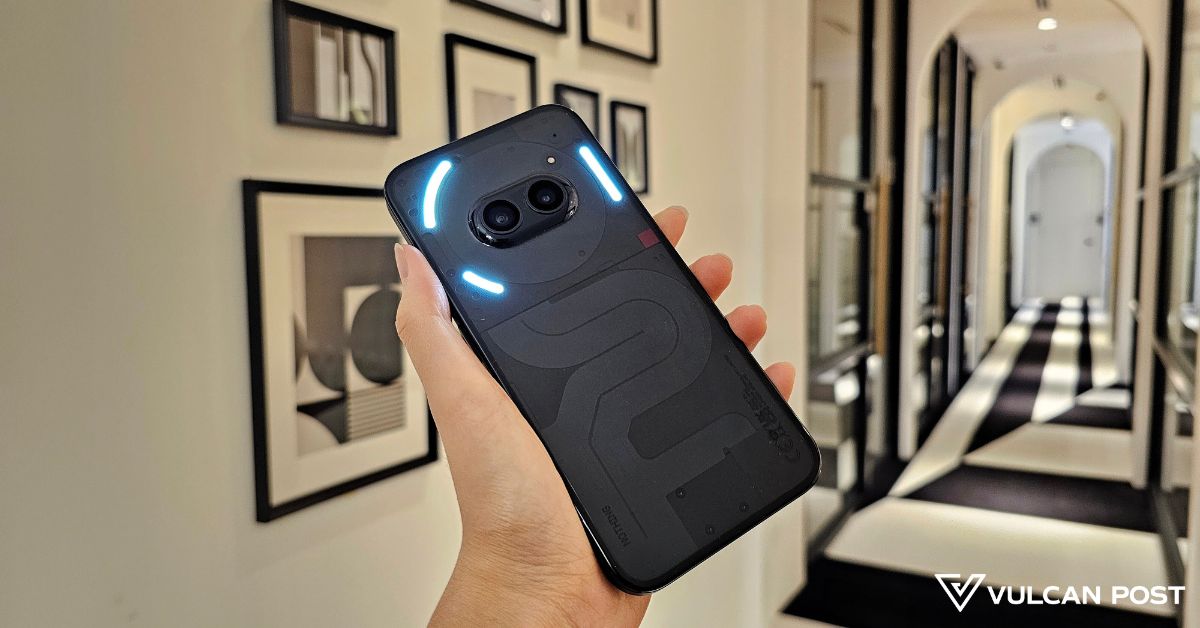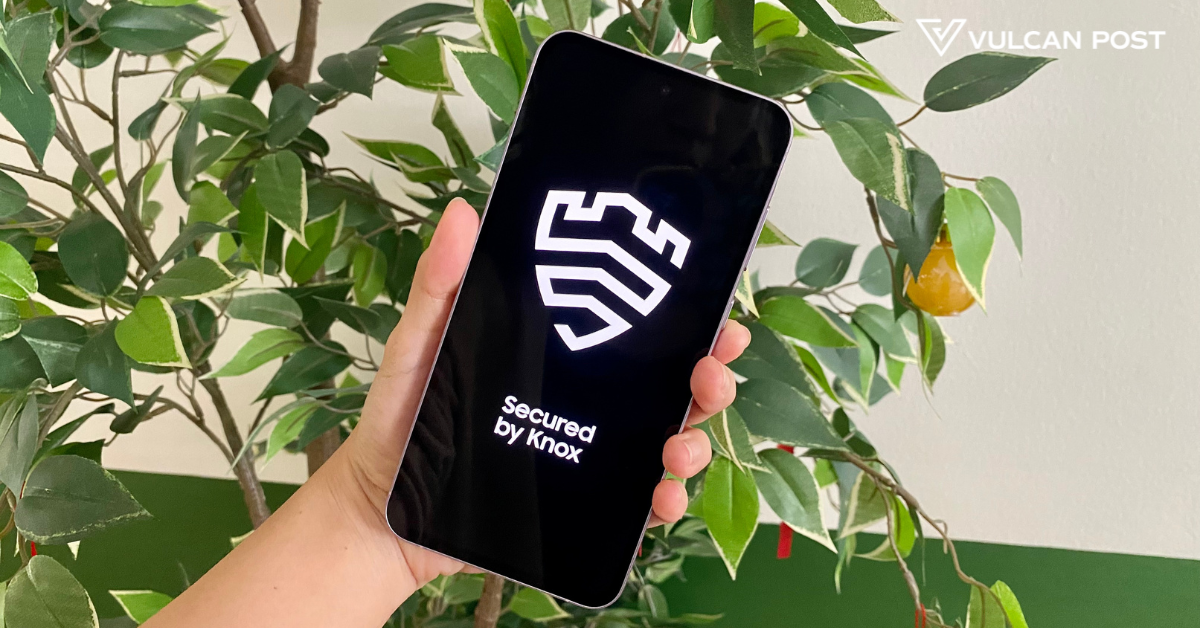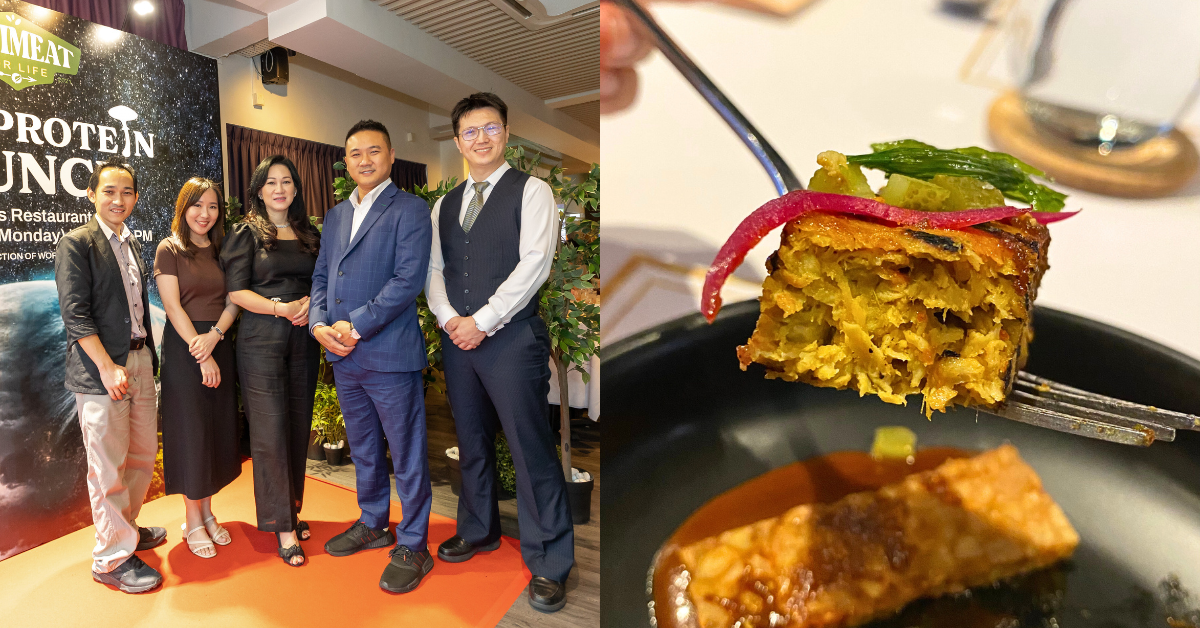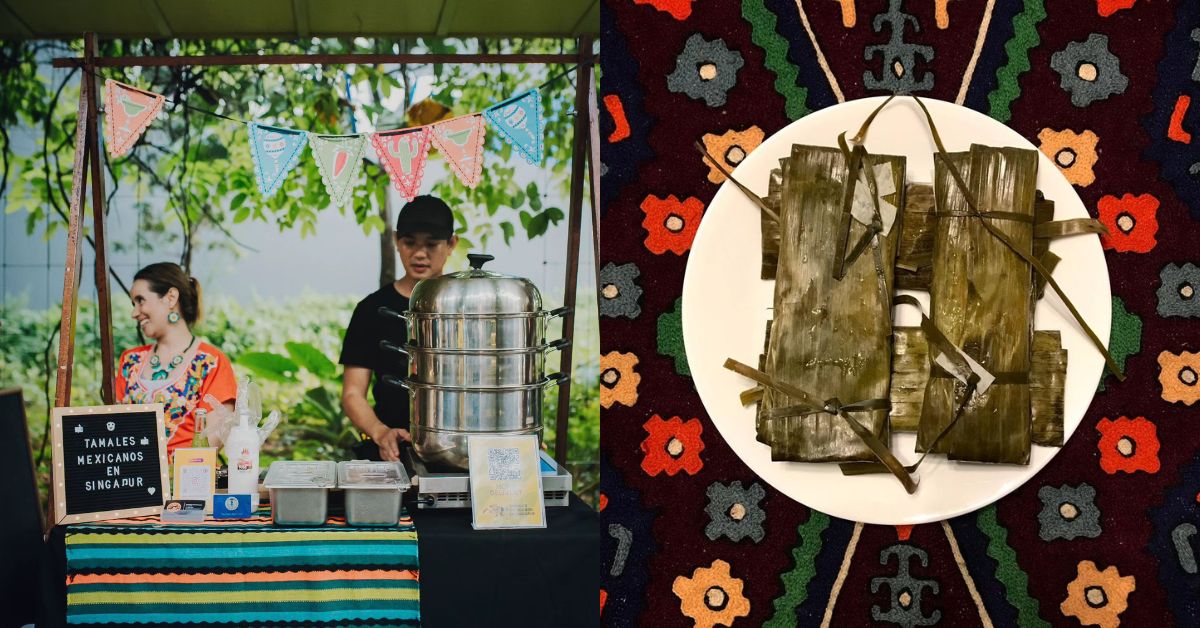Unless you’ve been hiding under a real, naturally-formed rock, you would know that 3D printing is moving rapidly into the world’s makersphere. Creators and innovators are beginning to explore the potential of 3D printing, and we are even beginning to see 3D printers being sold commercially.
But the perception of 3D printing is still pretty limited, and to solve that, some people looking to expand these horizons right here in Singapore. Makeronee, for example, is a locally-created platform seeking to connect people to the nearest 3D printers, 3D scanners and 3D modellers. They’re organizing a 3D Printing Exhibition at the National University of Singapore, which will be held on 20th March 2015 in the Engineering Auditorium.
This upcoming exhibition will feature a wide selection of 3D printed objects, and you can see for yourself how innovators have used — and can use — 3D printers to turn computer data into physical objects that could change your life.
Contrary to popular belief, 3D printing isn’t just about melted plastics anymore. There will be experts in the field who will share their thoughts on the subject, with a focus on the future of industry, medicine, and whether 3D printing will change your shopping experience.
Daniel Peng Zhuo — an NUS Mechanical Engineering Master’s Degree student who has built his own 3D food printer — will also be sharing insights into his research on the topic. We got a chance to speak to him to pick his brain on what 3D Food Printing actually entails, and how real the possibility is now.

1. What sparked your interest in 3D Food printing?
Actually, I first learnt about 3D printing in 2012 in one of my ME classes. It was introduced by the lecturer as a small part of the course, but at that time it was still called Rapid Prototyping. I started to gain hands-on experience in 3D printing from there, and by doing prototyping for my design project and final year project.
Between my final year and my Master’s year, I started to take courses that were related to 3DP. This interest actually comes from the belief that this new technology will find its particular position in the future manufacturing world and shine. Food printing was actually my supervisor’s suggestion, and it is still in the concept stage. I am still exploring it myself.
2. What does the current progress in 3D food printing in the industry look like?
Currently, there is quite a limited number of commercialized food printers around the world. The sales of these printers are actually unknown since they all just came out. But the price is actually extremely high, so I think that the sales are probably not doing well.
There are a few start-up companies doing crowd-funding right now, but almost all of them have failed their campaigns. But from my understanding, there will be quite a number of big 3DP companies releasing commercialized food printers in the second half of this year.

3. What are the next steps we can expect from 3D Food Printing?
I am actually looking forward to seeing the performance of this new market but I cannot say that I am really positive about it. It takes time for people to accept these advancements, and we cannot say this early on whether it is something that people really want.
First, I would like to see whether this will change something in the traditional food processing field. Then, I am actually expecting the combination of e-commerce and food printing, and also offline-to-online services. Food customization is going to be much easier than it is now. 3D Food Printing in fine dining is going to be quite popular, and it’s simple enough to even be used by housewives.
4. Will the final products resemble the look of food that we are familiar with?
Food Printing should have the capability of replicating and duplicating, but it will also bring us something more — probably something none of us have even seen before.

5. Some people are still skeptical about food printing as a source of food production, with some perceiving it as unappetizing or even inedible. What do you think the future of 3D food printing looks like, and when do you think 3D food printing will be introduced into our cafes or restaurants?
As long as the food materials go through the proper procedure of investigation, the food prints themselves are actually edible without any issue, in my opinion. Even the cookies I printed have been consumed by quite a number of people in Singapore already.
It won’t be unappetizing! On the contrary, some of them will look so nice that you just want to try it, but you’ll also hesitate to destroy its beauty. There are actually one or two printers that have entered the cafes already.
6. Are there any big misconceptions that people still have about 3D printing that frustrate you?
Yes, absolutely.
3D printing has not really revolutionized the traditional manufacturing world. Really, it is a good complimentary manufacturing method to traditional manufacturing, and I would like to see a combination of 3D printing and traditional manufacturing methods being used.
That is why we should not discuss whether 3D printing is good for mass production. This is not even a question because 3D printing is not working towards that goal. It targets a different aspect of manufacturing altogether.

7. What are the biggest challenges in the field of 3D printing today?
There are quite a few. The quality of the products, printing speed, availability and cost of materials, and mechanical properties of the materials are all challenges faced by the industrial world.
There are still a lot of things that are undergoing research right now. But breakthroughs are being made every day.
8. What can people expect to see from you at the 3D printing exhibition?
I joined this festival as a maker or hobbyist of 3DP instead of a researcher, just to let more and more people to know about this technology, understand how this technology can change our life, and if possible, to actually help them develop an interest in this field if they really want to explore it. Hopefully, more and more people will get excited about the possibilities of 3DP after my sharing!
Other major exhibition events include:
- Professor Jerry Fuh will give a talk on the endless possibilities of 3D printing to increase awareness of 3D printing technology.
- 3D vendors will showcase their products and services to inspire 3D enthusiasts. Visitors can purchase some of the customized products and services on the spot at a discounted price!
- A free customized keychain 3D printed with your name from the KLONIFI3D booth
- Prize Giving Ceremony for 3D Design & Modeling Competition.
If you are a producer of 3D printers or scanners, or a budding 3D modeler, you can register for your own booth and showcase your exciting products and inventions, or visit Makeronee for more information.










